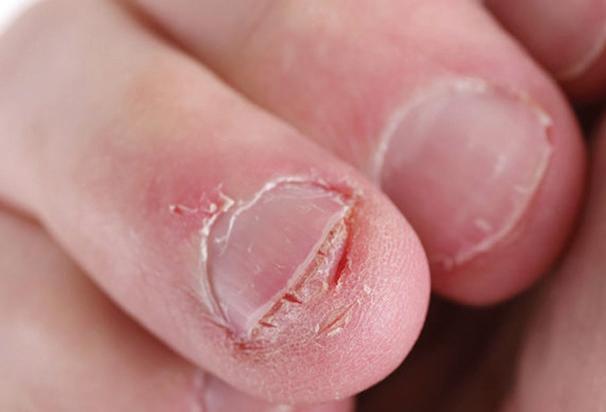
6 minute read
BITING FINGERNAILS IS A HARMLESS HABIT
Plenty of people would agree: biting nails might not be polite in public, but what’s the harm in private? Would it surprise you to learn that the habit of nail biting — or onychophagia as it’s formally known — is listed in the DSM-5, the bible for psychiatrists and clinicians who specialize in mental health disorders?
That doesn’t mean that every nail-biter is certified. There is a line between “normal” and pathological nail-biting that is not always easy to identify. Then again, quite often it is; the owner of these fingers (below) has clearly chewed and bitten far past any point that could be described as appropriate or even rational. As with any other compulsive habit, however, the person responsible for this might steadfastly maintain he can quit anytime. The photograph proves otherwise, but so do research studies, which establish that at least 30% of all practicing nail-biters have tried to quit and cannot.
Some of the clues that simple nail-biting has progressed to what the DSM-5 would classify as a pathological obsessive-compulsive impulse control disorder include:
• a build-up of tension prior to biting followed by relief or pleasure afterward
• feelings of shame, guilt, disgust or embarrassment related to biting and the ap- pearance of fingers, skin and nails skin; is eco-friendlier to aquatic life and reefs. Also referred to as physical sunscreen because it provides the skin with a physical barrier that deflects the sun’s rays.
• strained family and social relationships from nail-biting • continuing the habit despite the social and emotional cost, plus damage to and infections of fingers, nails and cuticles.
The potential side effects don’t stop at the hands and wrists. As we have all learned during the course of the pandemic, our hands can be laden with bacteria and are very effective conveyors to whatever we touch. Constantly biting fingernails can transmit germs into the body, causing internal infections or gastrointestinal problems. Onychophagia can also result in fungal and oral infections and tooth damage (such as chipped teeth).
Although nail biting is associated with nervousness or anxiety in popular culture (and that is often a trigger), some people bite their nails when they’re lonely, hungry, bored, or when they’re mentally engrossed in some activity. The triggers vary from person to person.
Over the years a number of treatment options have been tried, with varying degrees of success. The simplest involve applying bitter-tasting products to the fingernails. Sometimes that works, although it seems to be least successful with the most hardcore nail biters.
Another barrier option is wearing gloves, mittens, socks, and oral barriers, but obviously those aren’t for most work settings.
Some medications prescribed for anxiety and depression have helped people break the habit. Another option is behavioral therapy provided by a psychologist or other therapist, which can help identify and address underlying issues that contribute to the habit.
Everyday life shouldn’t be a nail-biter, and help is available if it is.
• Sun Protective Factor (SPF) 30 or higher – daily use helps protect from sunburn.
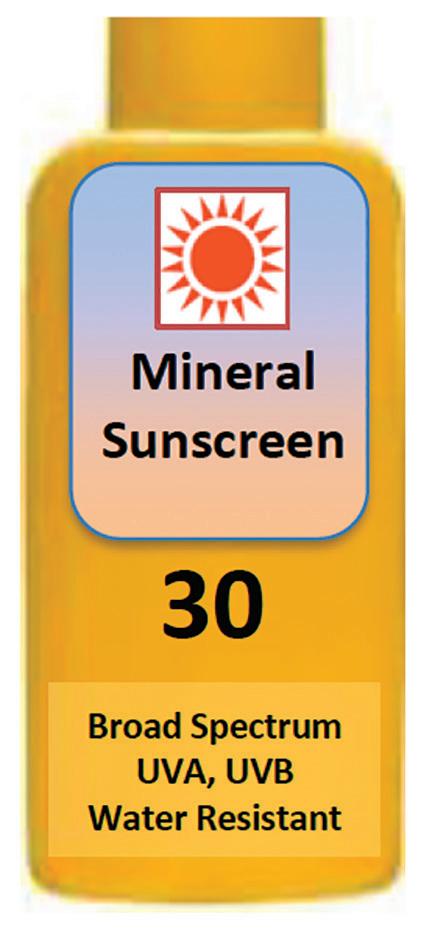
• Broad Spectrum – shields against two kinds of UV rays – UVA (associated with skin aging) and UVB (associated with skin burning).6
• Water Resistant or Very Water Resistant. This is a measure of how long sunscreen will adhere to wet skin (up to 40 or 80 minutes). Water resistant sunscreen can be effective for 40 minutes in the water, according to the American Academy of Dermatology (AAD).7 Sunscreens are not waterproof.
• Check the expiration date and discard if it is past that date.
• Slather it on. Be generous. Apply liberally and evenly. Apply 20-30 minutes before going out into the sun. Reapply about every two hours or after sweating or swimming.
Justin Thomas, golf-pro and melanoma cancer survivor, offers sound advice, “It’s time to raise your sun protection game.”
SOURCES:
Sun Safety Myths
MYTH: A “base” tan is a safe tan.
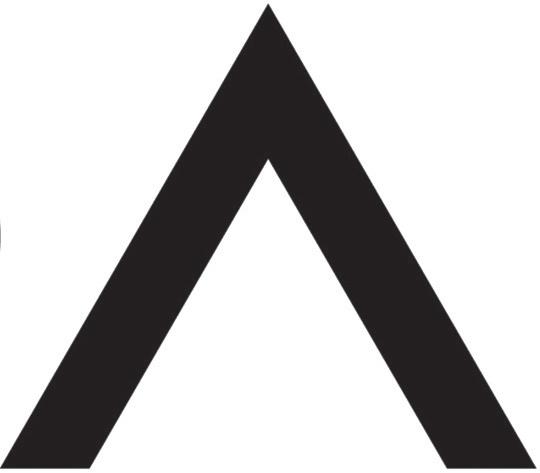
FACT: There is no such thing as a safe or healthy tan, according to the Skin Cancer Foundation. While both UVA and UVB rays cause the skin to darken, UV radiation exposure increases the risk of skin cancer.
MYTH: Sunscreen can protect my skin 100%.
FACT: Nope. No sunscreen is 100% protective. The smart way to care for your skin and reduce your exposure to UV rays is to use a combination of methods.
MYTH: You don’t need to use sunscreen on a cloudy day.
FACT: UVA penetrates cloud cover, so safeguarding your skin from UVA rays even on cloudy days is a smart move.
MYTH: UV rays don’t penetrate glass.
FACT: UVA rays do pass through glass. Consider UV window screens on your car’s side windows to help filter those UV rays. For sunglasses select a UV 400 rating to help protect eyes. Check the label on your sunglasses.
MYTH: Sunscreen that contains insect repellent is a bigger bang for the money.
FACT: Think about it. Sunscreen needs to be applied liberally and often. Insect repellent should be applied sparingly and less often, according to the American Academy of Dermatology (AAD). They recommend looking for another sunscreen when faced with that choice +
1. The Skin Cancer Foundation. Skin cancer facts and statistics. What you need to know. www.skincancer.org/skin-cancerinformation/skin-cancer-facts.
2. Wu S,* Cho E, Li W-Q, Weinstock MA, Han J, and Qureshi AA. History of Severe Sunburn and Risk of Skin Cancer Among Women and Men in 2 Prospective Cohort Studies Am J Epidemiol. 2016 May 1; 183(9): 824–833. Published online 2016 Apr 3. doi: 10.1093/ aje/kwv282 PMCID: PMC4851991 PMID: 27045074 ncbi.nlm.nih. gov/pmc/articles/PMC4851991
3. Inflammatory response – National Cancer Institute (NCI). Sunburn. Cancer Trends Progress Report. April 2022. progressreport. cancer.gov/prevention/sunburn.
4. Department of Health, Victoria State Government, Australia. Skin cancer – tanning. Better Health Channel. betterhealth.vic.gov.au/ health/conditionsandtreatments/skin-cancer-tanning#bhc-content
5. American Cancer Society –Ultraviolet (UV) radiation. cancer.org/ healthy/cancer-causes/radiation-exposure/uvradiation. html#:~:text=Reflection%20off%20surfaces%3A%20UV%20rays,an%20 increase%20in%20UV%20exposure.
6. UV Radiation & Your Skin: The facts. The risks. How they affect you. Skin Cancer Foundation. skincancer.org/risk-factors/uvradiation/#:~: text=Ultraviolet%20A%20(UVA)%20has%20a,is%20 associated%20with%20skin%20burning.
7. American Academy of Dermatology. How to decode sunscreen labels. aad.org/public/everyday-care/sun-protection/shade-clothingsunscreen/ understand-sunscreen-labels#:~:text=What%20 is%20water%20resistant%20sunscreen,you’ll%20need%20to%20 reapply.
Need a breast or cervical check-up? but you can’t afford it, or have no insurance?
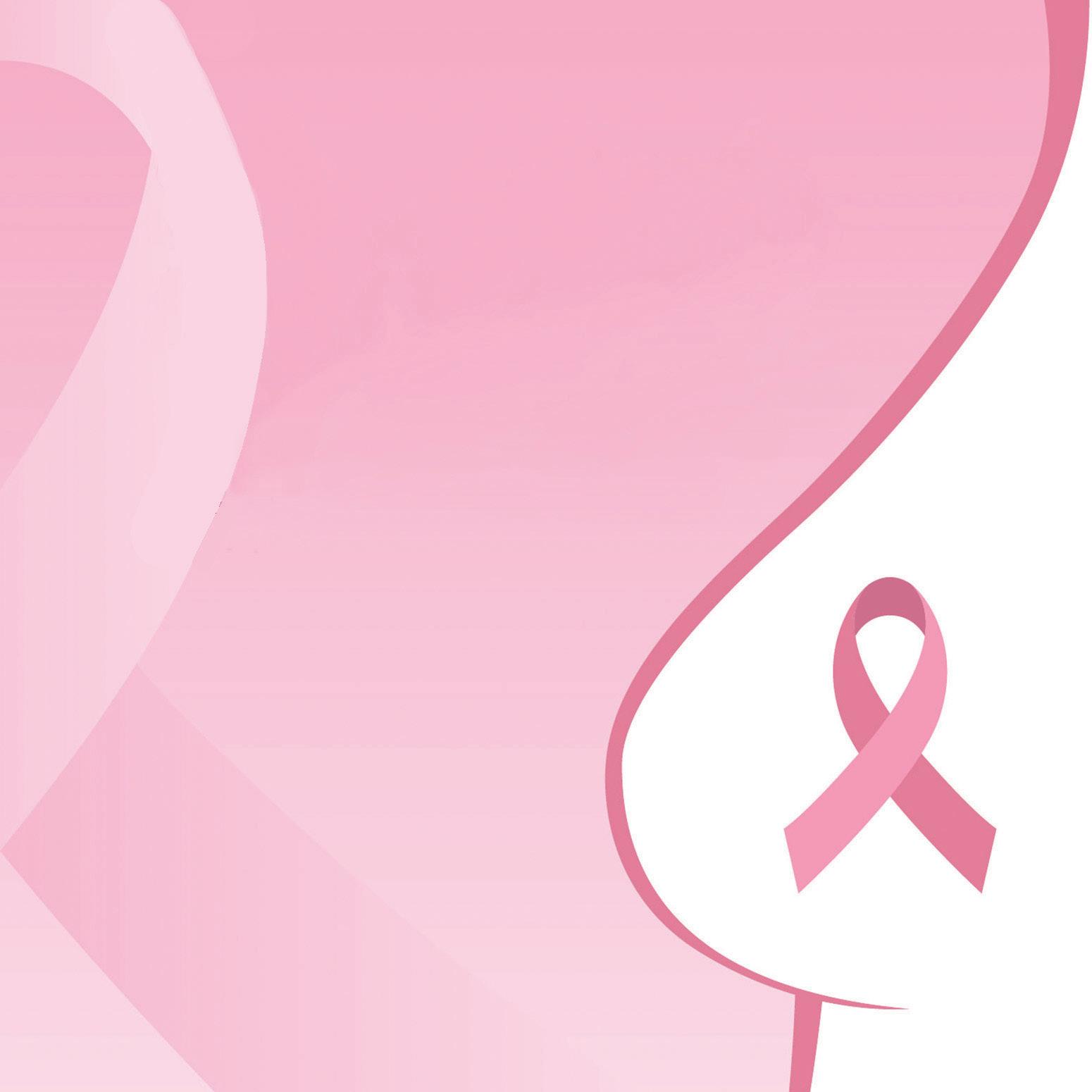
The Georgia Breast and Cervical Cancer Screening Program (BCCP) is a comprehensive Public Health Program that provides uninsured/underinsured women with FREE breast and cervical cancer screening services.
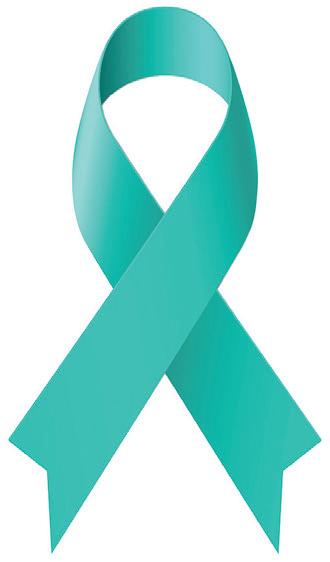
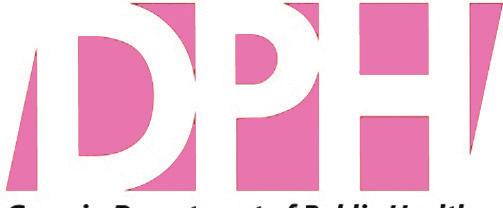
SCREENING SERVICES OFFERED:
• Clinical Breast and Pelvic Exams
• Mammogram Referrals
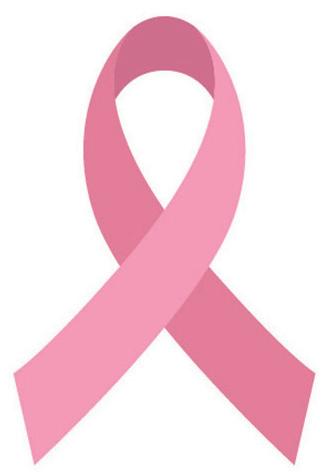
• PAP/HPV Testing
• Transportation assistance
• And much more!
For more information, please call LisaAnn Wheeler
BCCP Patient Navigator:
If you are a Georgia resident, 21-64 years of age, uninsured or underinsured, and your household income is no more than 200% of the Federal Poverty Level, our services to you may be FREE!
Unless you’re the exception to the rule, the answer to this question is the same for just about everybody: less. Less than you are currently using. Probably way less.
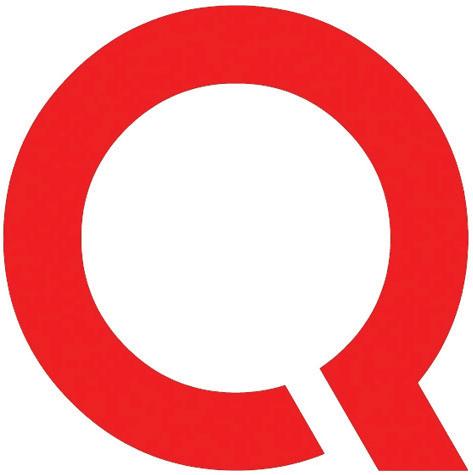
Where have every one of us received our video tutorials about how much toothpaste to apply? In TV commercials produced by the makers of toothpaste. Naturally they show a beautiful, toothbrush-long ribbon of paste artfully curved, up and one end, down at the other. No wonder: they’re in the business of selling toothpaste, and they’re doing a fine job.
The dental community, on the other hand, is not, and they have a different story to tell. We don’t need that much toothpaste. Read the label on just about any tube of toothpaste and it will recommend a pea-sized amount, specifically for children under 6. For adults, that or just a little bit more is still an appropriate amount. Consider: many dentists recommend electric toothbrushes for optimal cleaning. Their brush head only accommodates about a pea-sized squirt of toothpaste anyway. The benefit of brushing is dual: removal of food particles, and the introduction of fluoride to protect and strengthen tooth enamel. An overabundance of toothpaste provides no more protection from fluoride than a moderate amount.
There is a reason toothpaste labels specify pea-sized amounts for children under 6. Little kids are the population group most likely to swallow toothpaste. Deliberately. If enough fluoride goes down the hatch it can permanently discolor teeth. Prevention is pretty simple: start with small amounts of toothpaste as recommended. For toddlers, just a smear of toothpaste across the brush is enough. Stay with them while they’re brushing (or brush with them so you can set a good example), and make sure they spit and rinse instead of swallowing.
If a child does swallow a lot of toothpaste — like straight from the tube — they’re likely to get a stomach ache, and perhaps nausea and diarrhea. Giving them a snack of yogurt or milk should help since calcium will bind with the fluoride. An additional option is to call the Poison Control Center — (800) 222-1222 — for advice.










